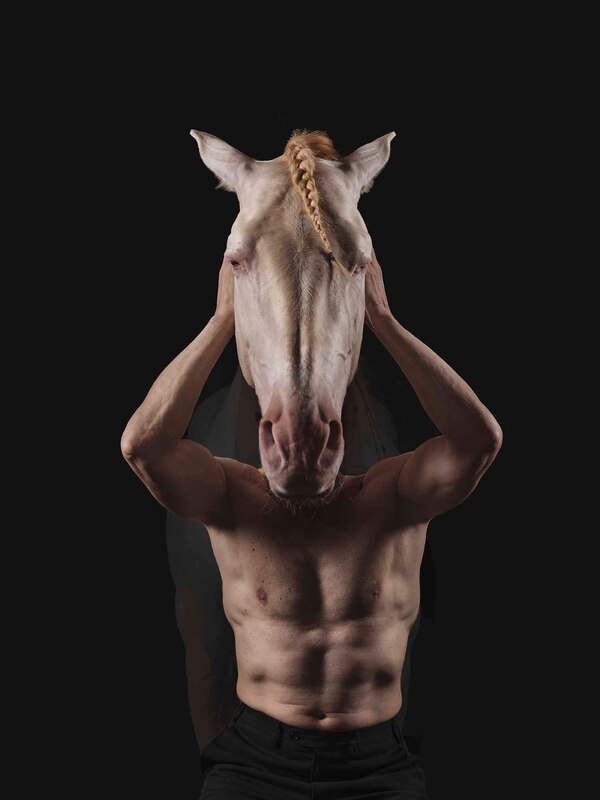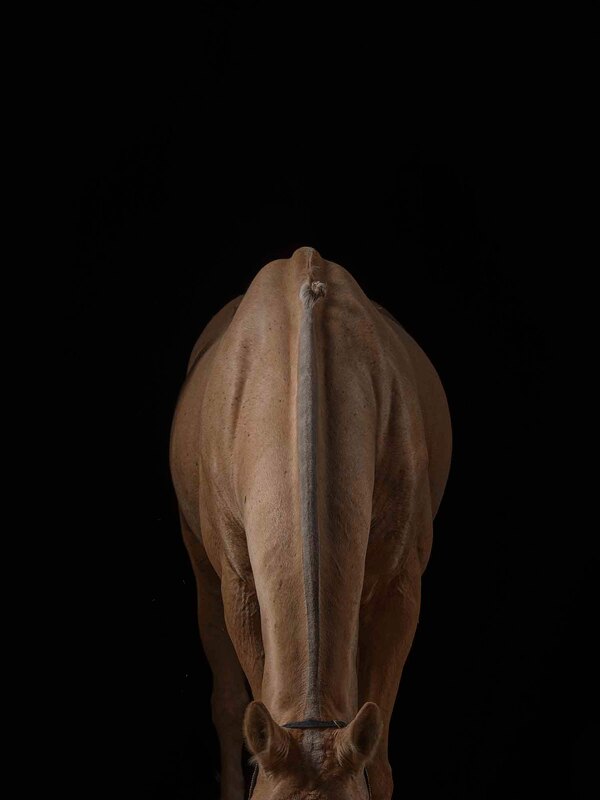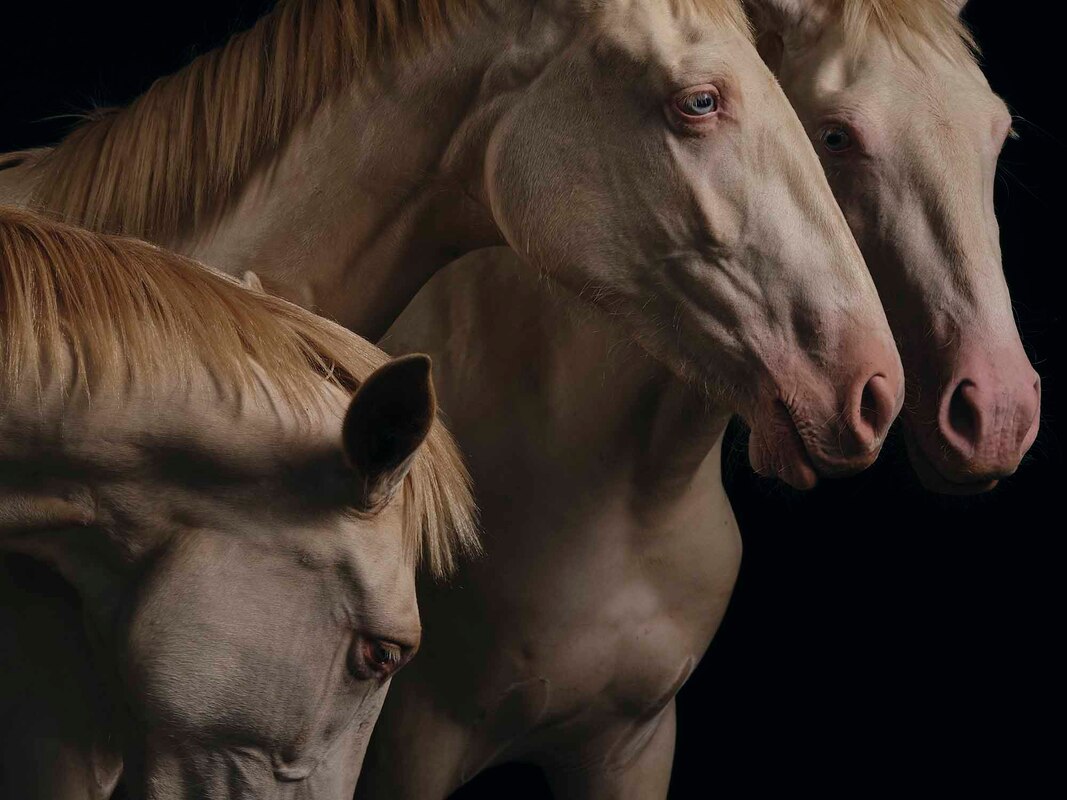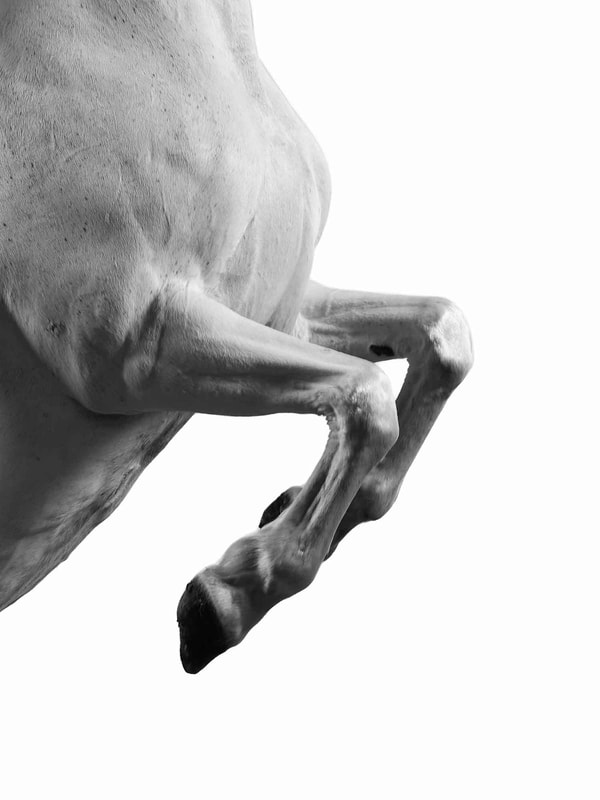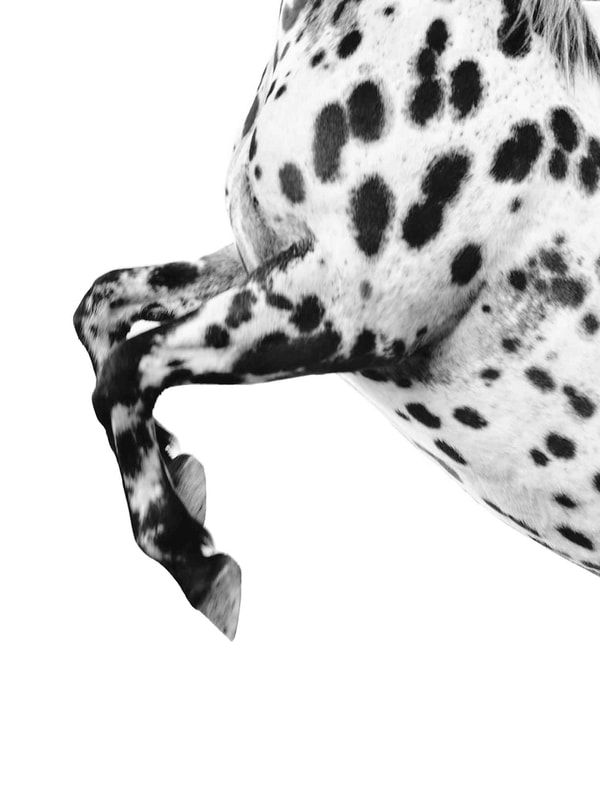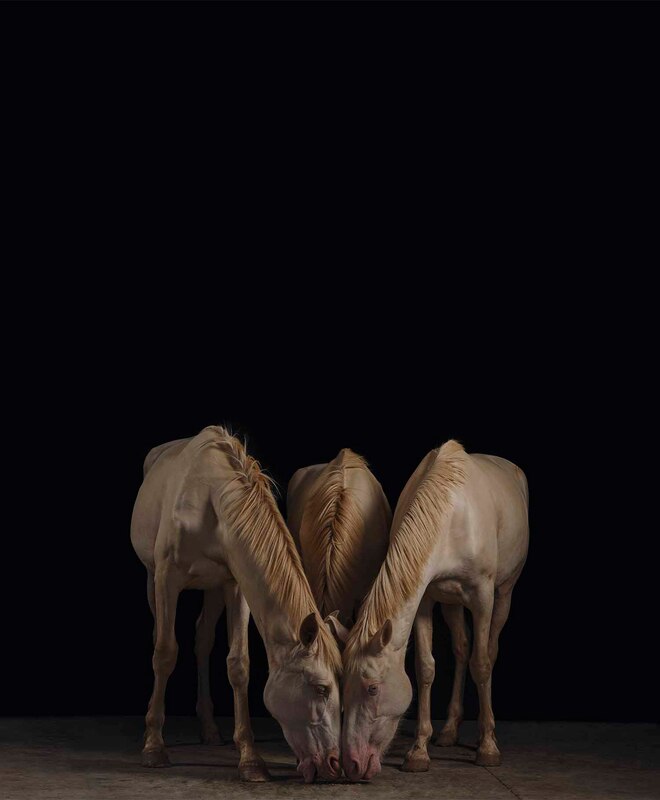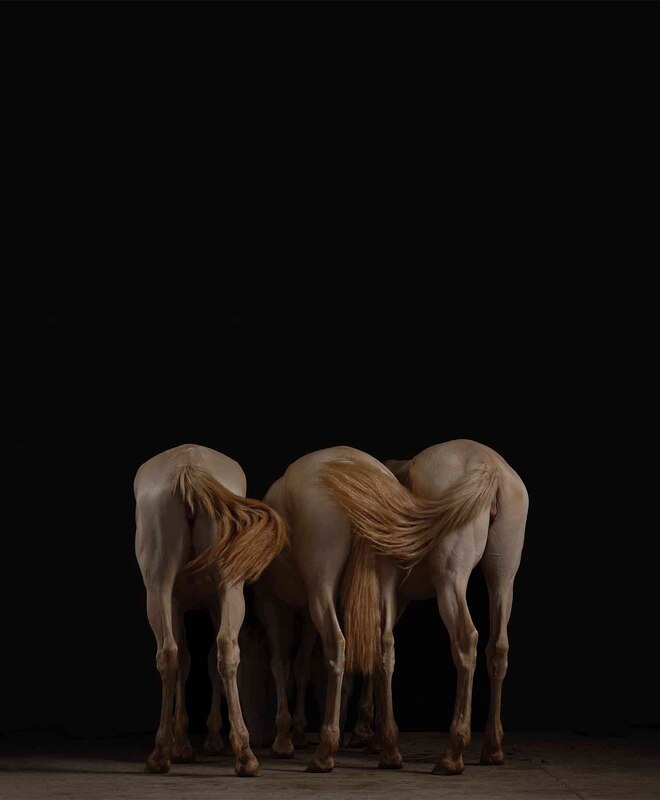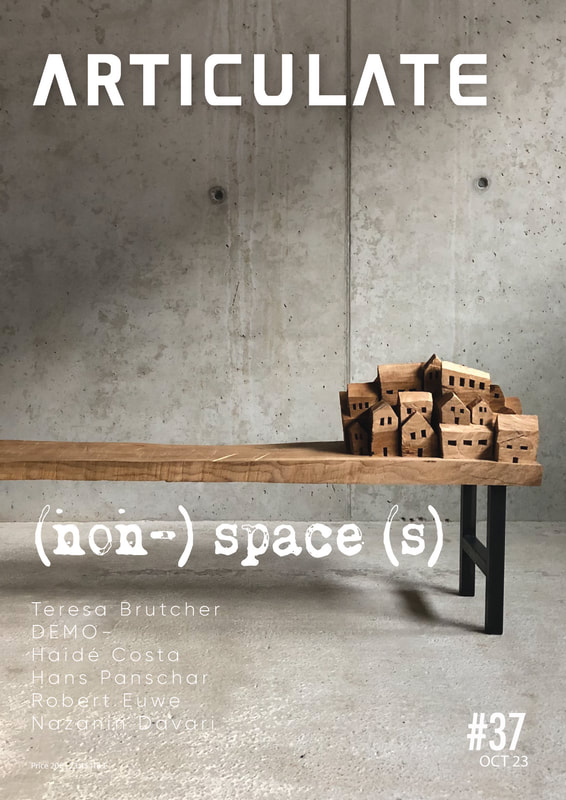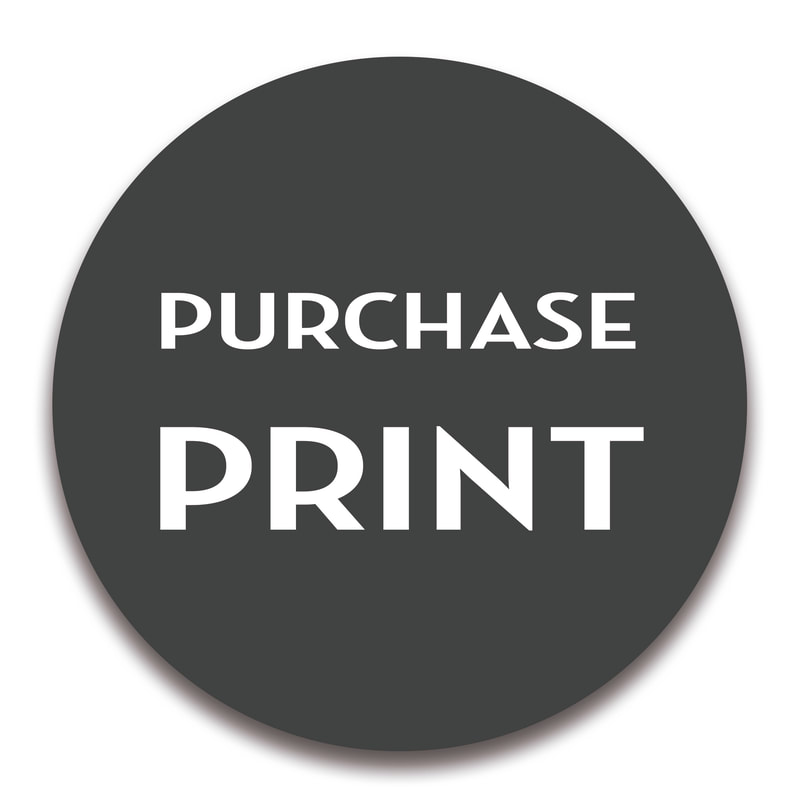Capturing the Essence of Equine Harmony. The Transformative Journey of Spanish Artist Haidé Costa and Her Binomios Project Exploring the Artistic Journey of Spanish Photographer and Equestrian, Haidé Costa |
an article written by Mona Lisa Abramovich
Artistic expression often takes unexpected turns in a person's life. For Spanish artist Haidé Costa (b. 1978), her journey from a career in law to becoming a photographer and equestrian instructor has been nothing short of extraordinary. Her work beautifully captures the unique bond between humans and horses, while also delving into the complexities of the human condition. In this article, we will explore the life and work of Haidé Costa, as well as her current project, "Binomios," which delves into the profound connection between humans and horses. Haidé Costa's journey into the world of art and photography was not a direct one. As a child, she had a passion for drawing horses. However, she pursued a career in law, eventually becoming a lawyer and even a judge. Her academic achievements led her to become an associate lecturer at Rovira i Virgili University for a decade. It wasn't until later in life that Haidé fully embraced her artistic calling.
She describes her early exposure to photography during a part-time job in a photography lab as a teenager. In 1990, at the age of eleven, her first equestrian photograph was published in a magazine. She realized that photography was her true passion and began to see herself primarily as a photographer. Haidé's adventurous spirit eventually led her to divide her legal career in 2012 and embark on a journey around the world for over six months. This transformative experience fueled her dedication to photography and horse riding, prompting her to pursue equestrian studies and enroll in Elisava's Master of Photography and Design program. One of Haidé Costa's most significant projects is "Binomios." This project is rooted in the concept of the person-equine rapport, exploring the profound connection and harmony that can exist between humans and horses. In equestrian terms, a binomial occurs when both rider and horse move as one, demonstrating a subtle understanding and communication. Haidé's photographs capture this extraordinary bond, highlighting the nearly imperceptible cues, or aids, between rider and horse.
Beyond showcasing the relationship between humans and horses, "Binomios" raises questions about the human condition and our connection with the natural world. It challenges us to reflect on how both humans and animals oscillate between states of domestication and the illusion of freedom. Haidé Costa's images, often featuring horses in their stables with braided manes, serve as a reminder of our acquiescence to social structures and established roles, inviting us to contemplate the human struggle for freedom. Haidé Costa's artistic approach is a blend of capturing beauty in fleeting moments and expressing her thoughts and feelings through photography. Her preferred medium is photography because of its versatility, allowing her to create figurative or abstract compositions that convey her fascination with light. She believes that photographs come to life when printed, emphasizing the tangible quality of the medium.
While many of her photographs are meticulously planned, Haidé acknowledges that inspiration often requires hard work. Her ideas can originate from everyday observations, exhibitions, or references, which she then blends with her own concepts to form projects. When selecting photographs for her projects, she relies on her instincts, choosing images that naturally resonate with her vision. Haidé Costa draws inspiration from various artists who have left a mark on the world of photography and art. She admires the Spanish photographer Eugenio Recuenco (b. 1968) for his mastery of light, the Spanish artist Isabel Muñoz (b. 1951) for their shared interest in project themes, the American photographer Robert Mapplethorpe (1946-1989) for his irreverence, and the simplicity of his compositions. Additionally, she finds inspiration in the works of the German photographer Ellen Von Unwerth (b. 1954), the German-Australian photographer Helmut Newton (1920-2004), Dutch photographer Erwin Olaf (b. 1959), and the American fashion photographer and director Herb Ritts (1952-2002) for their aesthetics, as well as the Spanish photographer Chema Madoz (b. 1958) for the uniqueness of his work.
Beyond photography, Haidé also draws inspiration from painters like Belgian René Magritte (1898-1967) for his surreal compositions, the British Romantic painter J.M.W. Turner (1775-1851) for his captivating storms, and artists such as Spanish painter Picasso (1881-1973), Czech painter, illustrator, and graphic artist Mucha (1860-1939), and French artist and Post-Impressionist painter Cézanne (1839-1906). Haidé Costa's artistic journey is a testament to the transformative power of passion and creativity. Her dedication to photography and her unique perspective on the relationship between humans and horses have resulted in captivating images that challenge our understanding of freedom and domestication. As she continues to evolve as an artist, Haidé Costa's work will undoubtedly inspire and provoke thought, inviting us to explore the profound connections that exist within ourselves and with the world around us. |
SUPPORTARTICULATE
www.articulate.nu SUPPORT Monday - Friday 8:00 - 16:00 [email protected] +45 30 48 19 81 Head Quarters VAT DK40953191 |
|

